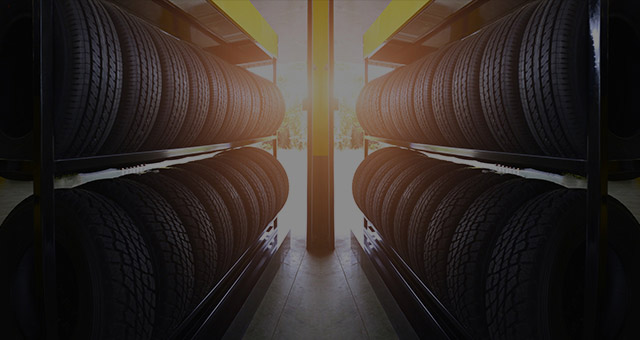Explore Exclusive Mopar Tire Service Specials in Morris Today
Explore Exclusive Mopar Tire Service Specials in Morris Today
Blog Article
Tire Solution: Understanding Tire Stress Tracking Equipments
Understanding Tire Stress Monitoring Solutions (TPMS) is a crucial element of maintaining optimal automobile efficiency and safety on the road. With improvements in automobile modern technology, TPMS has ended up being a typical function in modern-day vehicles, supplying real-time details on tire pressure levels.

Relevance of TPMS
The significance of Tire Pressure Surveillance Equipments (TPMS) depends on their ability to improve car safety and performance through real-time tracking of tire stress levels. Maintaining the right tire pressure is vital for making certain ideal handling, stopping, and total safety and security of a vehicle. TPMS provides motorists with instant comments on any type of overinflated or underinflated tires, allowing for timely modifications to be made.
Parts of TPMS
Consisting of different necessary elements, a Tire Stress Tracking System (TPMS) functions as an innovative safety and security attribute in contemporary vehicles. The primary components of a TPMS consist of sensing units, a control component, and a warning sign. Sensors are commonly located in the tire shutoff stem or connected to the wheel setting up, where they measure tire stress and transmit information to the control component. If it detects substantially low stress in any of the tires, the control module procedures this information and activates a warning. The warning indication, typically an icon on the dashboard, informs the driver to check the damaged tire or tires. Some progressed TPMS models likewise present the real tire pressure analyses for each and every tire, providing motorists with real-time details to make sure optimum tire efficiency and safety. By checking tire stress continuously, TPMS assists prevent crashes, reduces tire wear, and improves gas effectiveness, making it a vital part for vehicle safety and performance.
Sorts Of TPMS

On the other hand, indirect TPMS counts on the automobile's wheel speed sensing units to monitor tire stress. This system spots underinflation by contrasting the rotational speeds of the wheels. Indirect TPMS is much less pricey than direct TPMS, as it makes use of existing sensors within the automobile.
While direct TPMS uses more accurate analyses, indirect TPMS is less complex in style and commonly requires much less upkeep. Both systems have their advantages and restrictions, and the option in a knockout post between them website link frequently relies on elements such as expense, lorry make, and personal preference. Comprehending the distinctions between these two sorts of TPMS can aid vehicle proprietors make notified choices regarding tire maintenance and security.
TPMS Upkeep Tips
Conduct regular checks on the tire pressure levels and compare them with the TPMS analyses to ensure they are regular. During tire rotation or replacement, make sure that the TPMS elements are dealt with very carefully to prevent any potential damages. If the TPMS warning light brightens on the control panel, deal with the problem promptly by examining the tire stress and the total system for any faults.
Advantages of Appropriate Tire Stress
Maintaining appropriate tire stress, as stressed in TPMS Maintenance Tips, is crucial for enjoying the countless benefits related to optimum tire pressure levels. One of the key advantages of preserving the appropriate tire stress is improved gas performance. When tires are correctly pumped up, there is much less rolling resistance, causing far better fuel economic climate. Furthermore, correct tire pressure makes certain also tire wear, extending the lifespan of the tires and promoting much safer driving problems. With the right tire pressure, cars likewise have much better handling and grip, specifically in unfavorable weather conditions. This can enhance overall driving performance and safety for the vehicle driver More Info and guests. Maintaining ideal tire pressure can contribute to a smoother and much more comfortable ride by reducing vibrations and noise triggered by underinflated tires. Finally, the benefits of proper tire stress surpass just tire long life; they include boosted gas performance, enhanced safety, better lorry efficiency, and general driving comfort.
Conclusion
In verdict, recognizing tire pressure monitoring systems (TPMS) is important for maintaining optimal tire pressure and ensuring automobile safety. By identifying the significance of TPMS, being familiar with its elements, recognizing the different kinds available, sticking to appropriate upkeep suggestions, and understanding the benefits of keeping proper tire stress, chauffeurs can boost their driving experience and prolong the life-span of their tires. Correct tire stress is key to secure and effective automobile operation.

Report this page